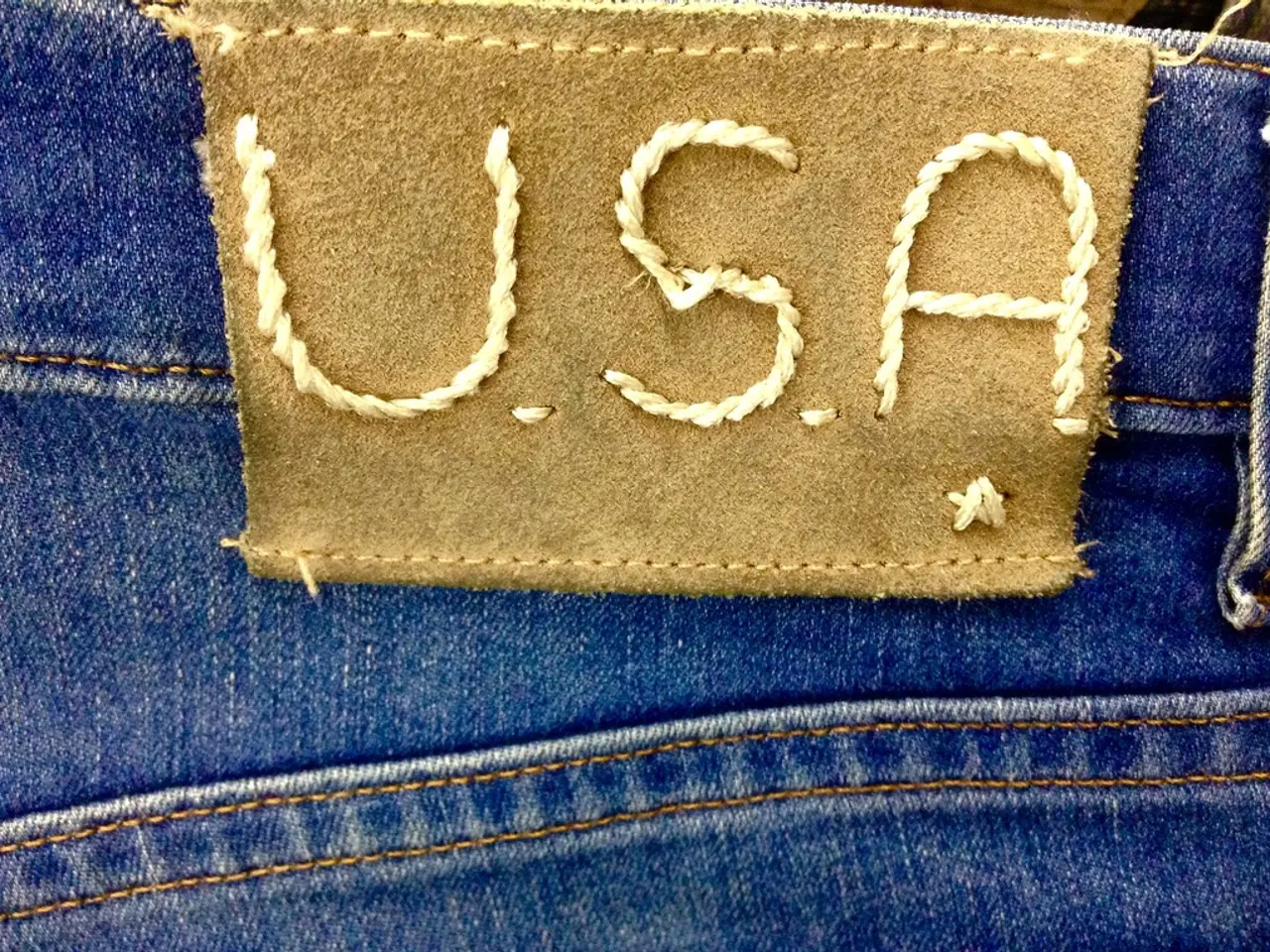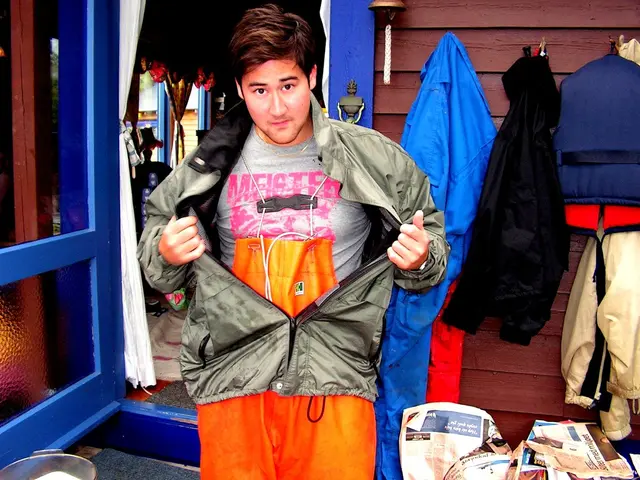Revolutionaries and Denim Chronicles: An Epic Narrative of the Blue Denim
The humble blue jeans has undergone a remarkable transformation, becoming more than just a piece of clothing. It has evolved into a symbol of various identities, a testament to the spirit of rebellion, and a powerful tool for social change. From its origins as a garment for the laborer and the cowboy, the jeans has come to symbolize the rebel, the activist, the rock star, the fashion elite, and often all at the same time. This versatility is a unique testament to the jeans' capacity for reinvention. In the deeply segregated South, wearing the clothes of the field in the streets of the city was a direct challenge to the established racial and economic order. The Civil Rights Movement capitalized on this, using denim as a calculated and visceral political strategy. The fight for civil rights was not just a struggle for equality, but also for economic justice, and the choice to wear workwear was a potent act of historical reclamation. This transformation of the fabric historically linked to their oppression into a symbol of pride, resistance, and liberation was strikingly evident at the 1963 March on Washington for Jobs and Freedom, where a sea of denim overalls signaled the movement's roots in the economic struggles of the working class. The visual impact of this movement was not limited to the streets. Iconic figures like Dr. Martin Luther King Jr. and Rev. Ralph Abernathy were famously arrested while wearing denim work jeans and shirts during the pivotal 1963 Birmingham campaign, an image that resonated globally. The Student Nonviolent Coordinating Committee (SNCC) was among the first to radically change the uniform, wearing blue denim overalls and jeans as a profound act of solidarity with the Black sharecroppers they were organizing. As the 1960s progressed, the blue jeans underwent significant symbolic changes, moving beyond teenage rebellion to become central to major social and political upheavals. The 1970s saw the bell-bottom become the defining fashion of the decade, popularized by icons like Sonny and Cher on television. It was also in the 1970s that Giorgio Armani introduced the first designer jeans for women as part of his broader women's and men's fashion collections. His brand "Armani Jeans" offered a more affordable version of his signature style, contributing to his rise in prominence during that decade. Technological innovations in the late 1970s and 1980s allowed for the mass production of the "worn-in" aesthetic, separating the jeans' look from its history of authentic use. This was a time when fashion houses like Versace Jeans Couture utilized the power of the supermodels, and Calvin Klein followed with revolutionary and highly controversial advertising that fueled demand for their jeans, remaking the garment into an aspirational item. The 1980s also saw the introduction of stone washing and acid washing techniques, allowing consumers to purchase the look of a lived experience without having to live it. Calvin Klein championed a minimalist, grungy aesthetic in the 1990s, launching Kate Moss to international fame with controversial ads that defined the "waif" look. Naomi Campbell fronted provocative campaigns for brands like Swish Jeans in the 1990s. Perhaps the most radical reinvention of the blue jeans came in 1976 with the launch of Gloria Vanderbilt jeans, transforming it from a democratic, utilitarian garment into a high-priced, exclusive status symbol. Today, the blue jeans continues to be a symbol of the laborer, the cowboy, the rebel, the activist, the rock star, and the fashion elite, often all at the same time. Its history is a remarkable narrative of transformation and reinterpretation, with no other garment demonstrating such a unique capacity for reinvention.
Read also:
- American Eagle's risque promotional effort featuring Sydney Sweeney leads to the brand being categorized as a 'trendy stock' among teenagers.
- Enlarged Financial Plan of MGM Osaka Integrated Resort Surpasses $10 Billion Mark
- Beauty brand Revolution debuts at Walmart stores nationwide
- Exploring the Unnerving World of Surveillance Cameras







